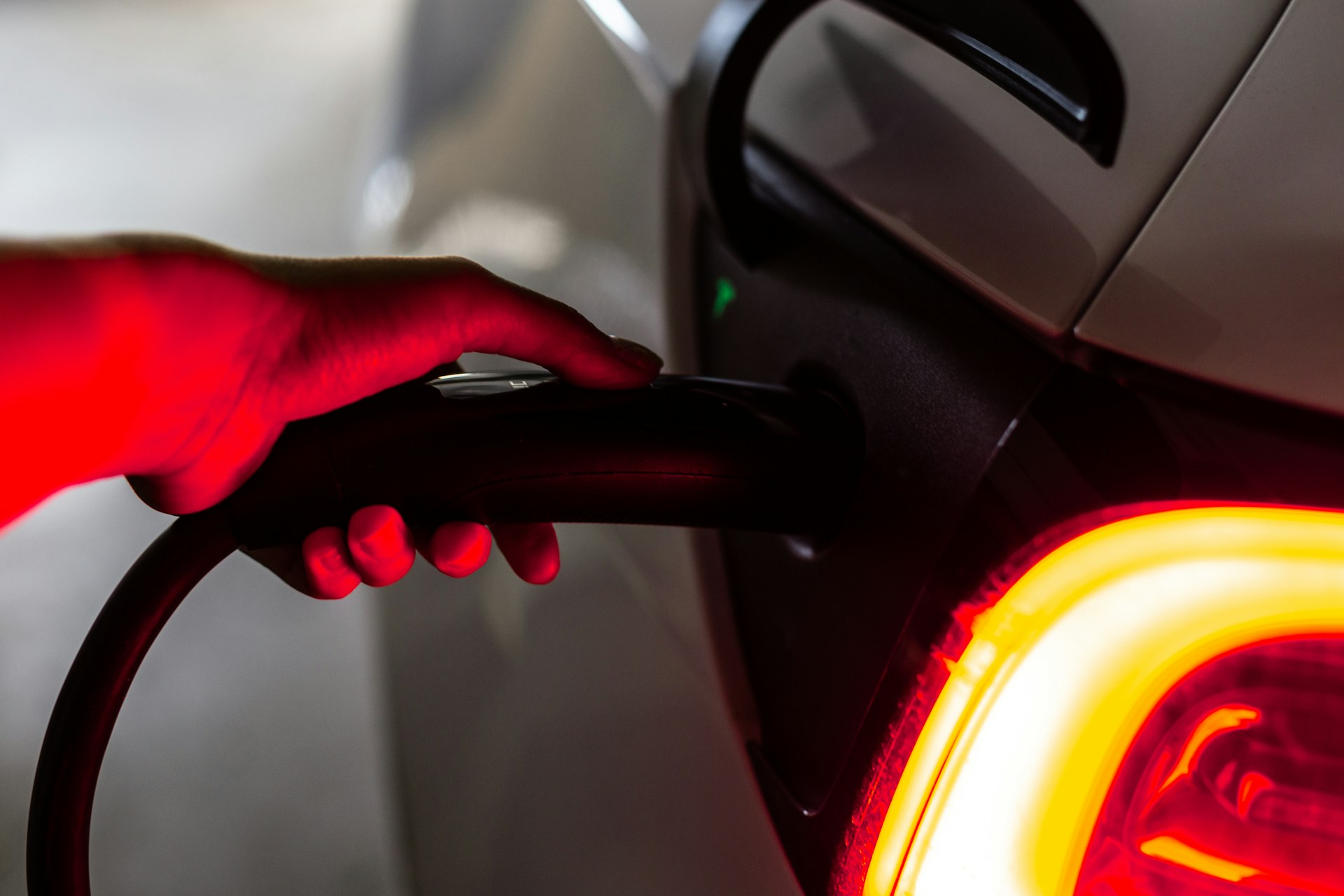New Charging Tech for Electric Cars: Boosting Range and Travel Ease
In recent years, the electric vehicle (EV) market has seen explosive growth, driven by technological advancements and a global push towards sustainable transportation. According to BloombergNEF, electric cars are projected to account for 58% of global passenger car sales by 2040. A pivotal factor in accelerating this shift is the development of new charging technologies that enhance both the range and convenience of EV travel. In this article, we’ll explore the latest innovations in EV charging tech and how they are transforming the driving experience. You’ll discover the latest trends, practical tips for EV owners, and insights into the future of electric mobility.
The Evolution of Charging Infrastructure
High-Speed Charging: A Game Changer
One of the most significant advancements in EV charging technology is the development of high-speed chargers. These chargers, often referred to as DC fast chargers, can deliver up to 350 kW of power, enabling EVs like the Porsche Taycan and Tesla Model S to add approximately 200 miles of range in as little as 15 to 30 minutes. This level of efficiency has made long-distance travel more feasible and convenient for EV owners.
- Top Charging Networks: Electrify America, Ionity, and Tesla Supercharger networks are leading the way in deploying high-speed charging stations across major highways and urban centers.
- Charging Station Growth: According to the International Energy Agency (IEA), the number of public fast chargers globally increased by 45% in 2022, significantly boosting the infrastructure needed for seamless EV travel.
Wireless Charging: The Future is Cordless
Wireless charging technology, while still in its nascent stages, promises to revolutionize how we power our electric vehicles. By using electromagnetic fields, wireless chargers can transmit power directly to a vehicle’s battery without the need for a physical connection.
- Benefits of Wireless Charging:
- Convenience: No need to plug and unplug, reducing wear and tear on charging ports.
- Safety: Minimizes the risk of electric shocks and cable management issues.
- Automation: Potential for integration with autonomous vehicles that can park and charge themselves.
Companies like WiTricity and Plugless are making strides in this technology, with pilot programs already underway in select cities.
EV-Friendly Travel Routes
Mapping the Journey
With the growing network of charging stations, planning an EV-friendly road trip has never been easier. Innovative apps and platforms now provide real-time data on charging station availability, pricing, and compatibility.
- Top Apps for EV Travel:
- A Better Routeplanner: Offers detailed trip planning with charging stops tailored to your vehicle.
- PlugShare: Provides a comprehensive map of charging stations worldwide, including user reviews and station details.
- ChargePoint App: Not only locates nearby chargers but also allows users to start charging sessions directly from the app.
Best EVs for Long-Distance Travel
When it comes to long-range capabilities, several electric vehicles stand out. Here’s a look at some of the best options for those who frequently embark on long journeys:
- Tesla Model S Long Range: Offers an impressive range of over 400 miles on a single charge, making it ideal for cross-country trips.
- Lucid Air Dream Edition: Boasts a range of up to 520 miles, setting a new benchmark for electric sedans.
- Ford Mustang Mach-E: Combines style and efficiency with a range of up to 312 miles and access to the FordPass Charging Network.
Practical Tips for EV Owners
How to Choose Your First Electric Car
Choosing the right electric vehicle involves considering various factors such as budget, range, and charging infrastructure. Here are some tips to guide you:
- Assess Your Driving Habits: Determine your average daily mileage and typical travel routes to select a car with a suitable range.
- Research Charging Networks: Ensure there are adequate charging facilities in your area and along your usual routes.
- Consider Total Cost of Ownership: Factor in potential savings on fuel and maintenance compared to a conventional vehicle.
Charging Guide for Beginners
For those new to the world of electric vehicles, understanding charging basics is crucial:
- Types of Chargers:
- Level 1: Standard household outlet, best for overnight home charging.
- Level 2: Faster home and public charging, ideal for daily use.
- DC Fast Charging: Quick boosts during longer trips, available at public stations.
- Home Charging Installation:
- Consider installing a Level 2 charger at home for convenience and faster charging times.
- Check local incentives or rebates that may offset installation costs.
Conclusion: The Road Ahead for Electric Vehicles
As charging technology continues to evolve, the barriers to widespread EV adoption are rapidly diminishing. With ongoing advancements in high-speed and wireless charging, paired with an expanding network of charging stations, electric vehicles are becoming more accessible and practical for everyday use. As we look towards a future dominated by electric mobility, staying informed and adapting to these changes will be essential for both consumers and industry stakeholders.
Are you ready to embrace the electric revolution? Explore the world of EVs today and join the movement towards a cleaner, more sustainable future. What innovations in EV technology excite you the most? Share your thoughts and experiences in the comments below!

